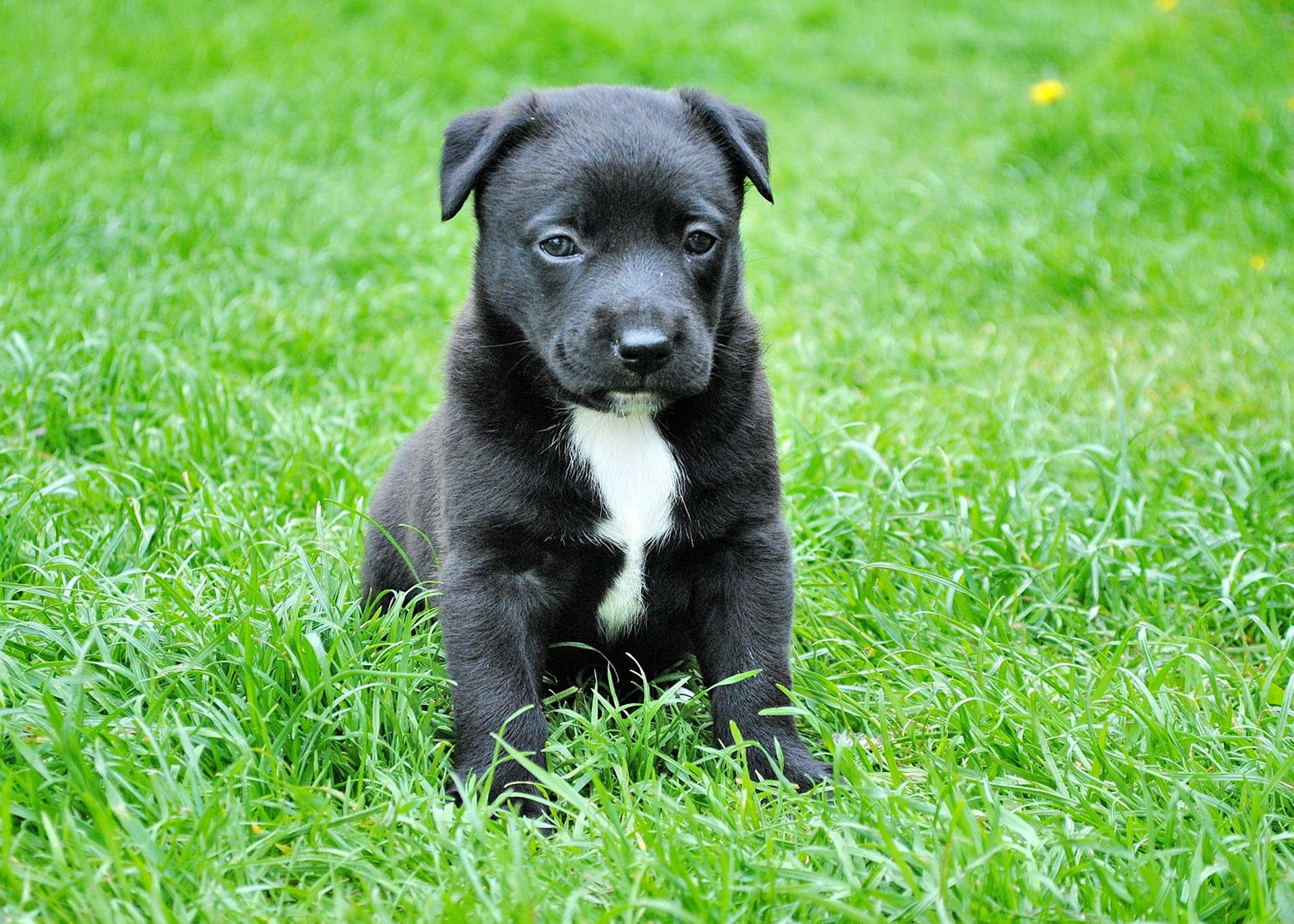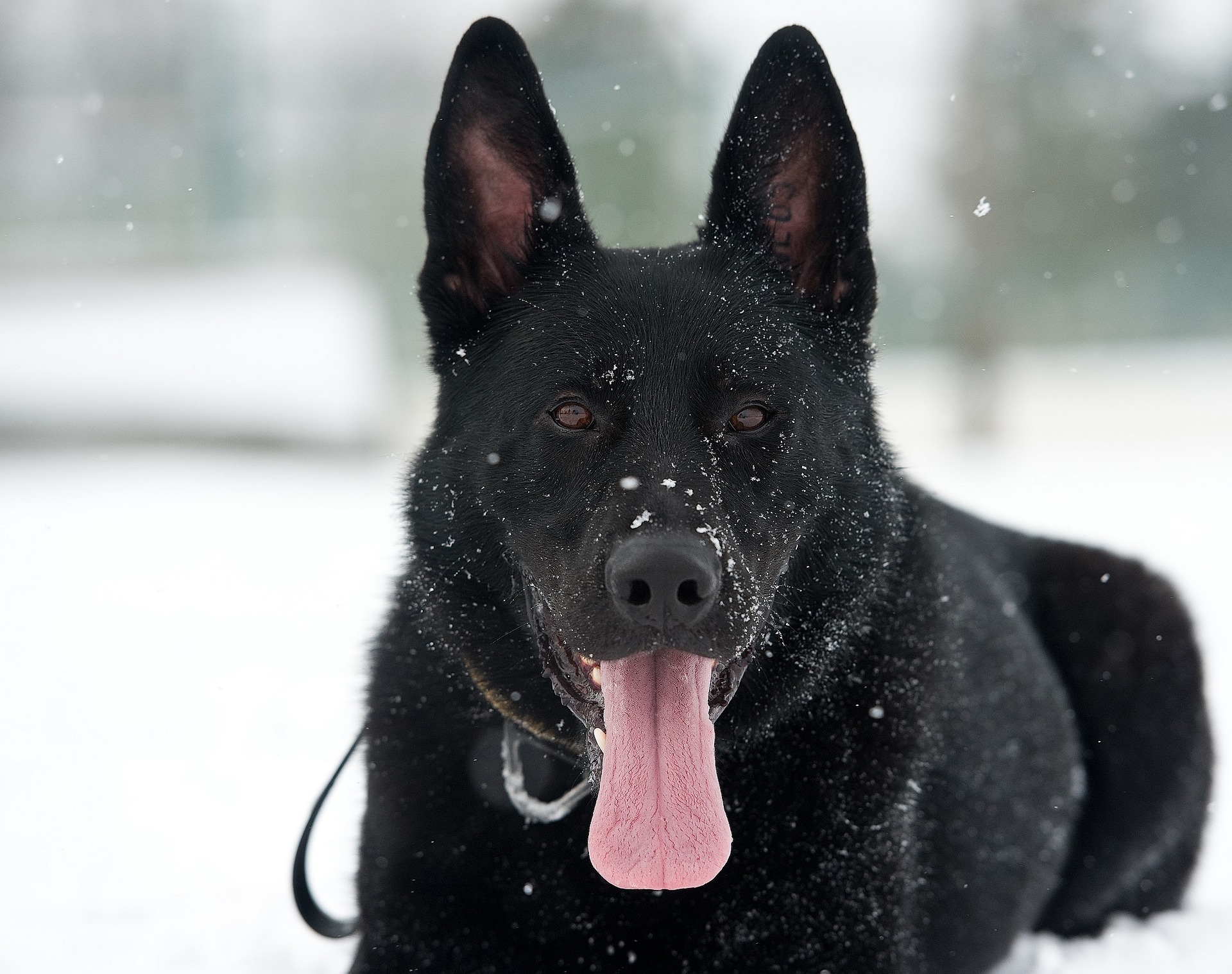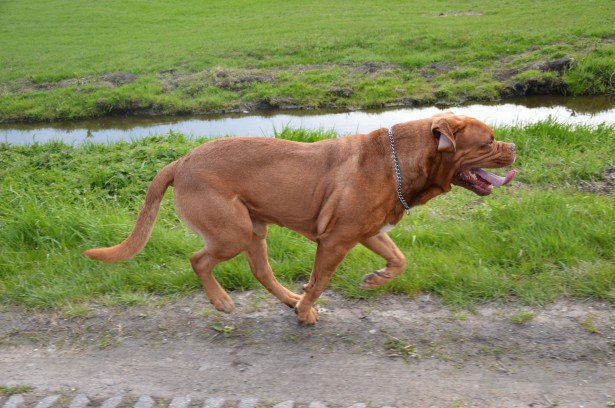If Dogs Can Smell Cancer, Why Don't They Screen People?
If Dogs Can Smell Cancer, Why Don't They Screen People?
Dogs can be educated to be cancer-sniffing wizards, using their sensitive noses to become aware of cancerous fumes wafting from diseased cells. This sniffing is noninvasive and should help diagnose limitless people, which begs the question: If these pups are so olfactorily astute, why aren't they screening people for cancer proper now?
Here's the short answer: Dogs do nicely in enticing situations, such as supporting law enforcement song scents or guiding search-and-rescue groups in catastrophe areas. But sniffing lots of samples in which only a handful can also be cancerous is difficult work with little nice reinforcement.
Moreover, it takes time and energy to educate these pups, who, regardless of good sized preparation, nevertheless might pass over a analysis if they're having a horrific day,
But this is not to say that dogs can not be helpful in the improvement of artifical screening tools that "smell" cancer. It's regarded that cancerous cells emit unique odors, however scientists have but to perceive the unique compounds responsible for these scents.
One way puppies would possibly be in a position to help pinpoint cancer-specific odors is to provide the puppies positive cancerous samples to sniff, and then slowly remove compounds from the sample. If the canine stops responding to the sample after countless components are removed, "then you recognize you have taken out that factor of the mixture that is precise to the cancer," stated Dr. Hilary Brodie, a professor in the Department of Otolaryngology at the University of California, Davis. Researchers should then analyze these character elements and enhance biochemical checks that should reliably screen patients, he said.
"There's loads that the dogs can do, however I do not suppose wholesale screening of the populace is the place it's heading," Brodie informed Live Science.
Sharp smell
In 1989, the British journal The Lancet posted the first dog-sniffing-out-cancer report. In a letter to the editor, two dermatologists described how a canine reportedly spent a number of minutes each day sniffing a colored lesion on its owner's thigh, and even tried to bite off the spot when she wore shorts. Concerned, the lady had medical practitioner check out the lesion, which turned out to be a malignant melanoma.
"This canine may have saved her owner's life via prompting her to are trying to find cure when the lesion was once nevertheless at a skinny and curable stage," the physicians wrote in the letter.
Other reviews of puppies detecting malignant melanomas followed, but it wasn't until 2006 that high-quality, double-blinded studies were published, said Dr. Klaus Hackner, a pulmonary physician at Krems University Hospital, in Austria. (In the double-blinded studies, neither the puppies nor their handlers knew which samples were cancerous.)
Soon, there have been limitless research showing that trained puppies should become aware of specific cancers by using sniffing biological samples, such as a person's breath or urine. That's due to the fact cells, even cancerous ones, give off unstable natural compounds (VOCs). Each type of most cancers possibly has a wonderful VOC, which means it has a specific odor compared with different cells, Hackner said.
Given that dogs have greater than 220 million scent receptors in their noses, they're exquisite animals for sniffing out disease, Hackner said. In comparison, humans have a "mere" 5 million odor receptors in their noses, he said.
Doggie difficulties
Most dogs can be skilled to apprehend the smell of a particular most cancers in about 6 months, Hackner said. However, many research had setups that work in laboratories, but not the actual world: often, the dog would be given five samples that continually had one cancerous specimen. In reality, depending on the type of cancer, a sniffer dog may find just 4 cancerous specimens out of a batch of 1,000, he said.
If neither the canine nor the handler is aware of which 4 out of these 1,000 samples are cancerous, the handler can't supply the canine tremendous reinforcement when the dog preferences the right specimen, Hackner said.
"I think this was one essential point for why our study failed," stated Hackner, whose 2017 work, which had a real-world-like setup, was once posted in the Journal of Breath Research. "We had been no longer capable to supply fantastic comments due to the fact neither one knew in the screening state of affairs if the dog was right or not. This was once traumatic for each the dogs and the handlers."
This state of affairs could be remedied if there used to be continually a planted cancerous pattern in every set, so the canine should get a reward and would not be bored after sniffing heaps of noncancerous samples from patients, he said.
Moving forward
But even if the setup may want to be modified to accommodate the dogs, it wouldn't be a realistic way to display patients, Brodie said. It would take an giant amount of resources to train puppies to apprehend the many types of most cancers that can affect humans. In addition, whilst no test is perfect, at least doctors comprehend how accurate different tests, such as mammograms, are, and at what price they produce false positives and false negatives. But these fees would vary for every dog, Brodie said.
Moreover, dogs can get bored, hungry and "have bad days, simply like you and I," Brodie said. "You'd have to be cautiously monitoring their effectiveness all through their cycles."
Rather, Brodie and Hackner envision puppies helping researchers create and refine biochemical "nose" machines, recognized as e-noses, that could "sniff" patients and supply diagnoses, they said. These machines already exist for certain medical conditions, however should be made greater touchy and applicable to more diseases with the help of dogs, Brodie said. But the research is not there yet, he noted.
In one project, Brodie and his colleagues had been analyzing whether dogs should notice unstable natural compounds from head and neck most cancers patients by way of smelling the breath sufferers had exhaled into a container. But the researchers put the challenge on maintain after the dog coach began broadcasting that her puppies may want to sniff out cancer.
"We did not choose to be affiliated with that," Brodie said. "We desired to prove that they're detecting it, now not nation that they're detecting it and then prove it. You've received to do the science first. This is now not even close to or close to top time."








i love dogs amazing
thanks for your comment